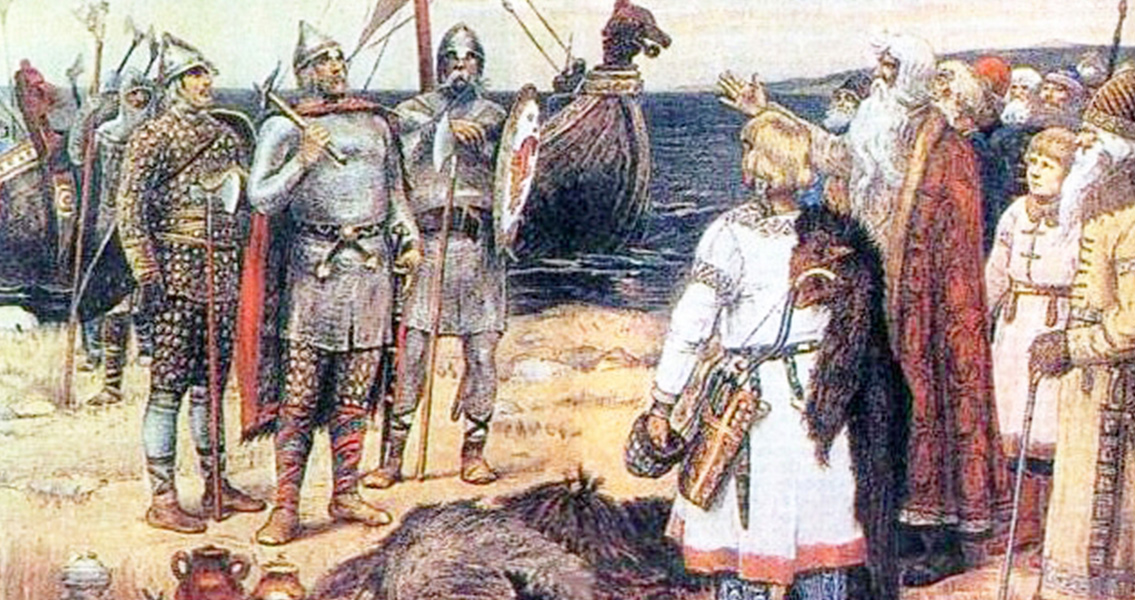<![CDATA[Recent research has shown that Viking settlers in Iceland had a complex and sophisticated social hierarchy. A team led by Davide Zori, assistant professor at the Baylor Interdisciplinary Core, excavated a farmstead in the Mosfell Valley in Iceland. The site included a 100 foot long chieftain’s longhouse. Carbon dating has indicated that the longhouse was built in the late-ninth or early-tenth century. Zori’s research, published in Viking Archaeology in Iceland, has revealed that seafaring Vikings were not as brutal as is traditionally thought. Instead of raiding wherever they landed, Viking immigrants sought to create a society which maintained their Scandinavian social traditions. Vikings, Zori claims, were settlers rather than marauders. The longhouse was of vital importance in medieval Scandinavian society. Viking sagas, first written in the thirteenth century but based on earlier oral traditions, reveal the importance of feasts. The position where someone sat at a feast revealed their social status. “[Sagas] are really old texts, but they read like novels. They’re incredible sources. They talk about daily life,” Zori said in a Baylor University press release. By studying the Viking longhouse, Zori’s research has shown that traditional customs were continued in overseas settlements. When they landed on new shores, Vikings sought to recreate the ‘big man’ society from Scandinavia. The societal tradition to which Vikings were accustomed became the model used in new societies. Zori’s archaeological excavations have revealed that the skulls of cattle were displayed in the longhouse, an indication that these prized animals were selected for feasts. Barley seeds were also unearthed from the floor of the longhouse, suggesting that it was also present at feasts. The presence of the seeds could be mundane; barley might simply have been used in staple foods, such as bread or porridge. On the other hand, Barley is a chief ingredient in beer and its importance in alcohol production should not be overlooked. Zori has suggested that the social value alcohol held for Vikings means that barley should primarily be seen in terms of beer production. In medieval Scandinavian culture it was important to display political muscle. As a chieftain, one was expected to show a certain level of largesse. By openly flaunting their wealth, they cemented good relations with supporters and intimidated potential rivals. Ceremonies showing wealth were crucial in maintaining the appearance of power. “It was somewhat like the barbecue [in modern times]. You wanted a big steak on the grill [to show your prowess]” Zori said. As the Icelandic temperature cooled in the eleventh century, however, it became increasingly difficult to maintain large herds of cattle. High-status chieftains also found it hard to maintain the supply of barley for creating beer. As a result, lavish feast-holding became more difficult. “You can see in the archaeological evidence that [Icelandic Vikings] adjusted their strategy,” Zori said. “It got harder to keep up that showiness.” In addition, the Viking sagas written at the time barley cultivation started to reduce stop referring to the chieftains. Zori’s work reveals important information about Vikings. It appears that they did not simply raid and pillage for booty. Scandinavian migrants, Zori argues, should be seen as seeking areas to settle peacefully. They tried to recreate their social traditions, but were also able to alter them when necessary.]]>
New Research Shows That Vikings Were Cultured
